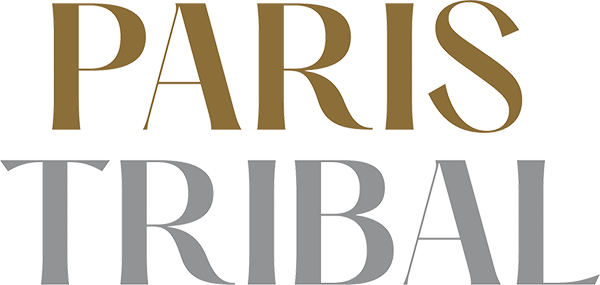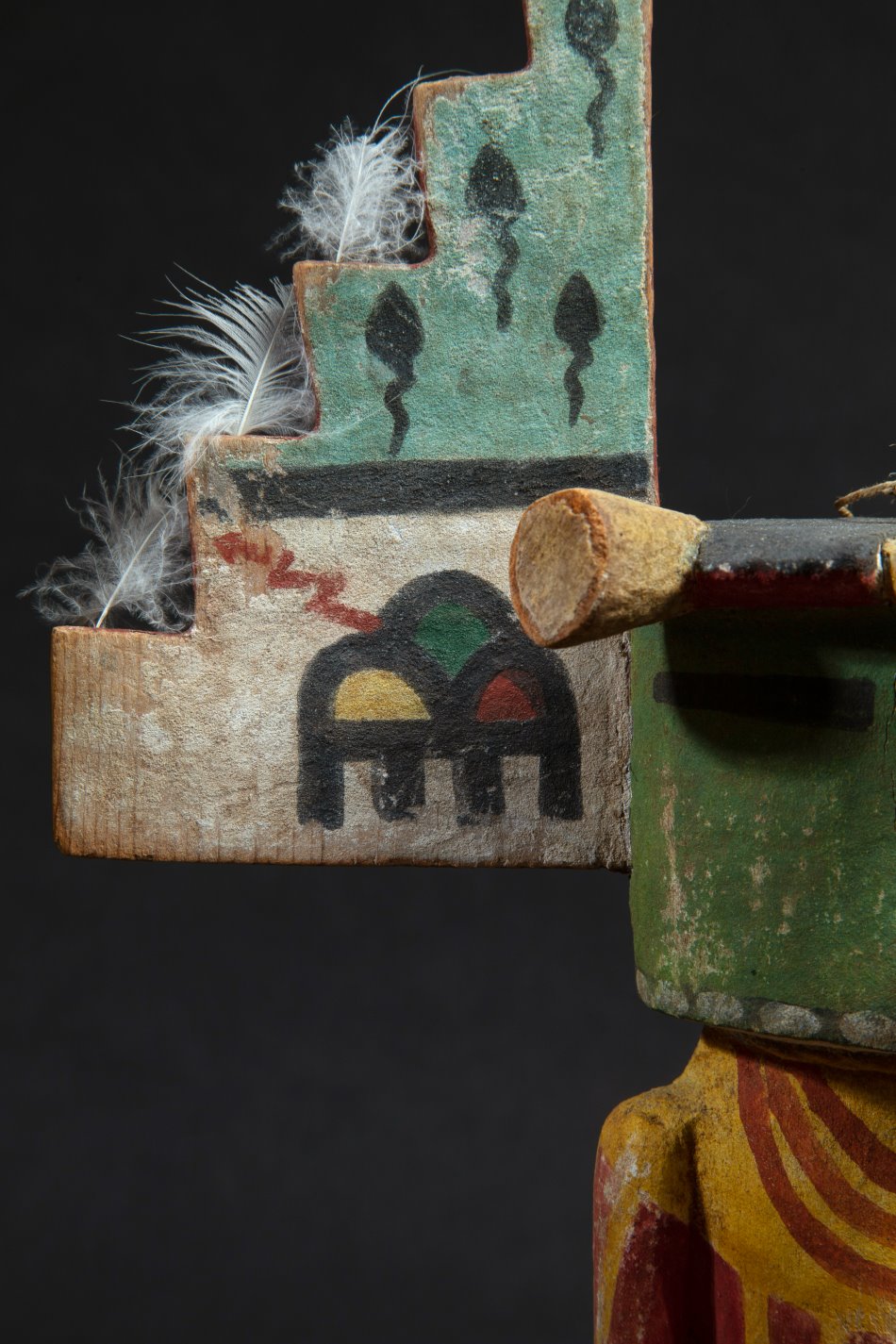Galerie Flak
About...
Founded in 1990, Galerie Flak specializes in the Ancient Arts of Africa, Oceania and North America. Julien Flak is a certified expert in North American and Oceania Arts at the European Chamber of Art Consultants (CECOA) and a member of the SNA (Syndicat National des Antiquaires).
Contact
8 rue des Beaux-Arts, 75006 Paris
Phone: +33 (0)1 46 33 77 77
contact@galerieflak.com
www.galerieflak.com
Contact
8 rue des Beaux-Arts, 75006 Paris
Phone: +33 (0)1 46 33 77 77
contact@galerieflak.com
www.galerieflak.com

